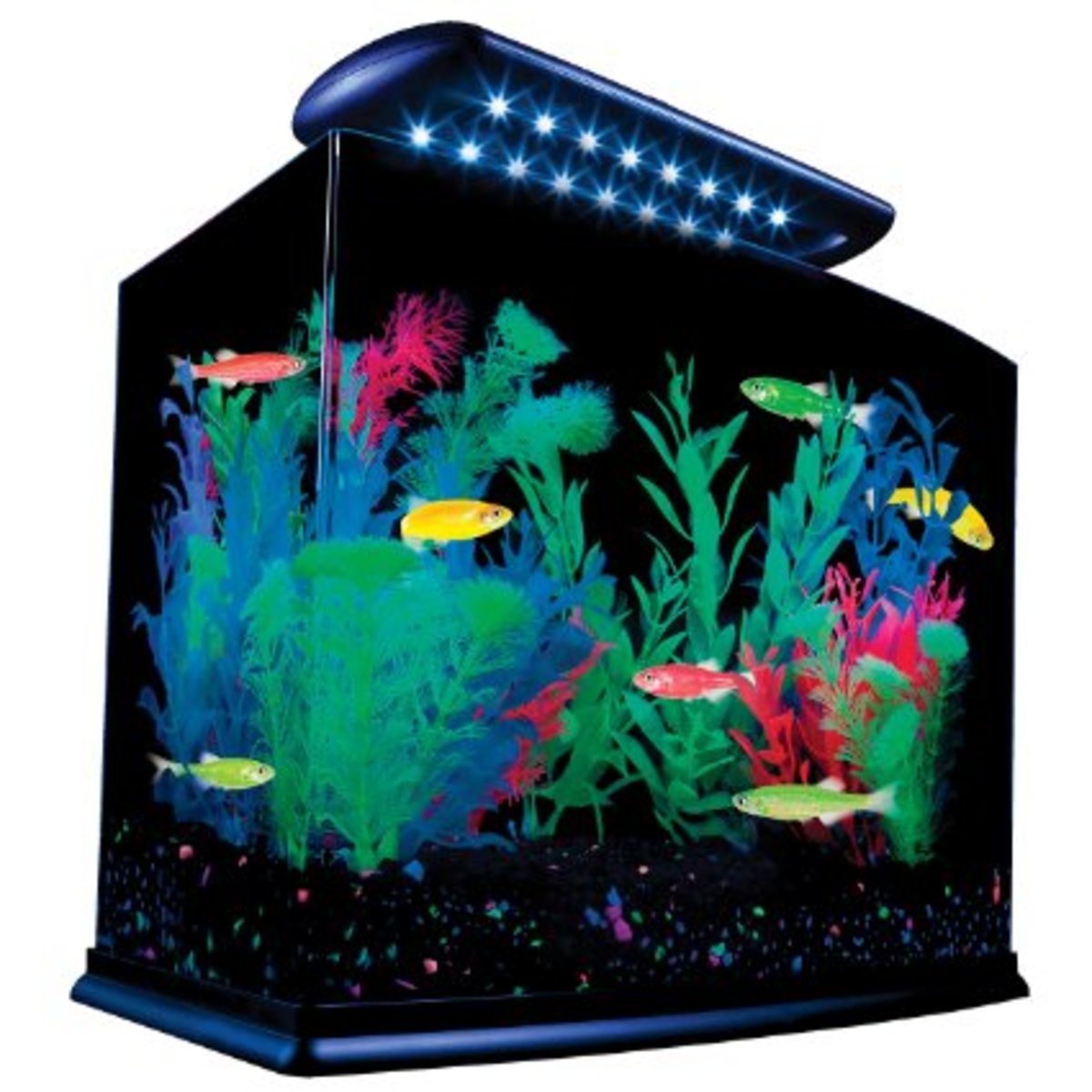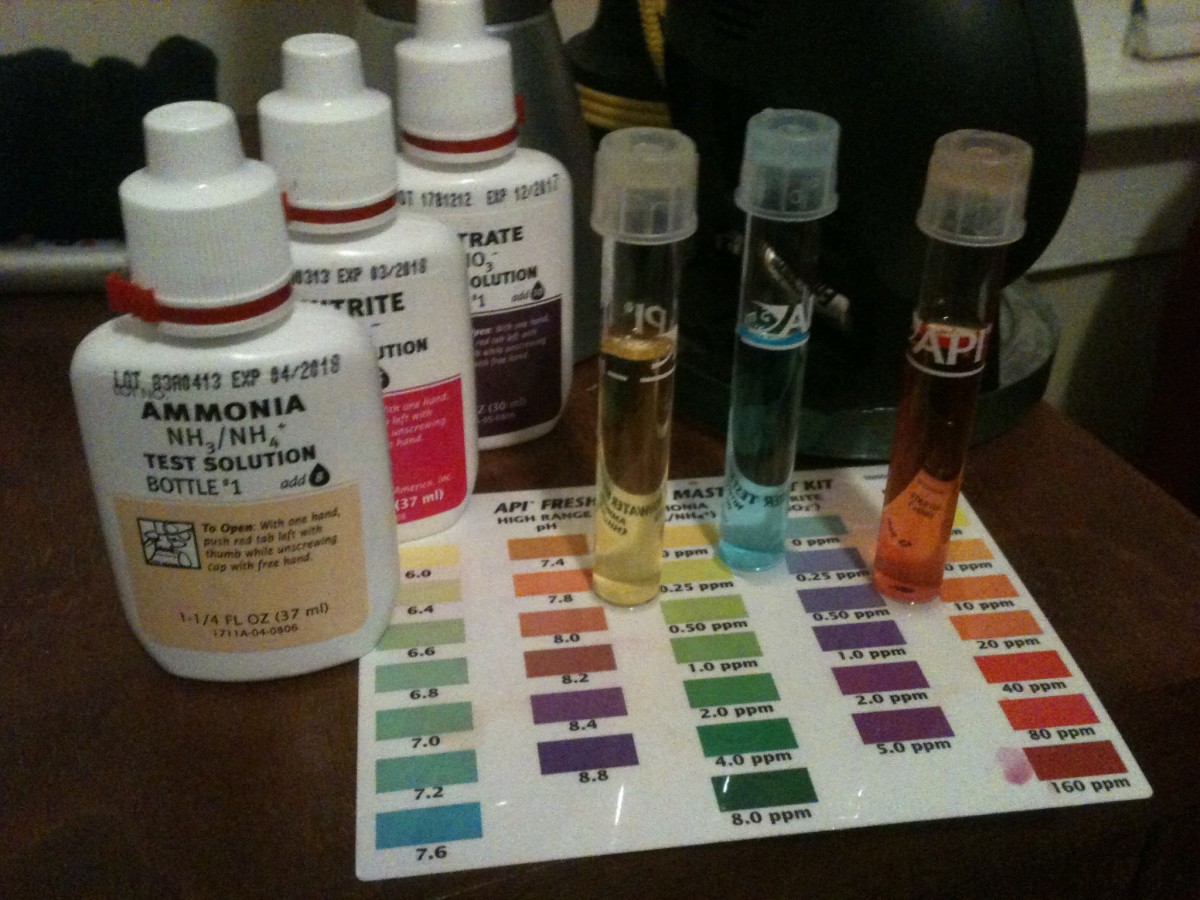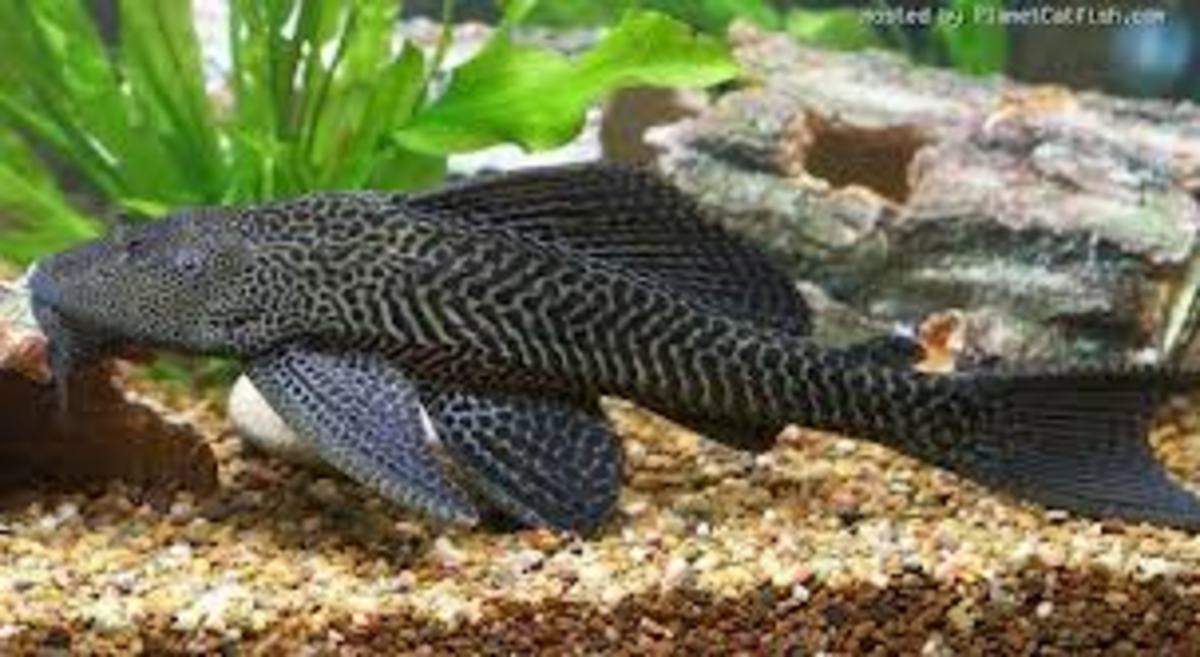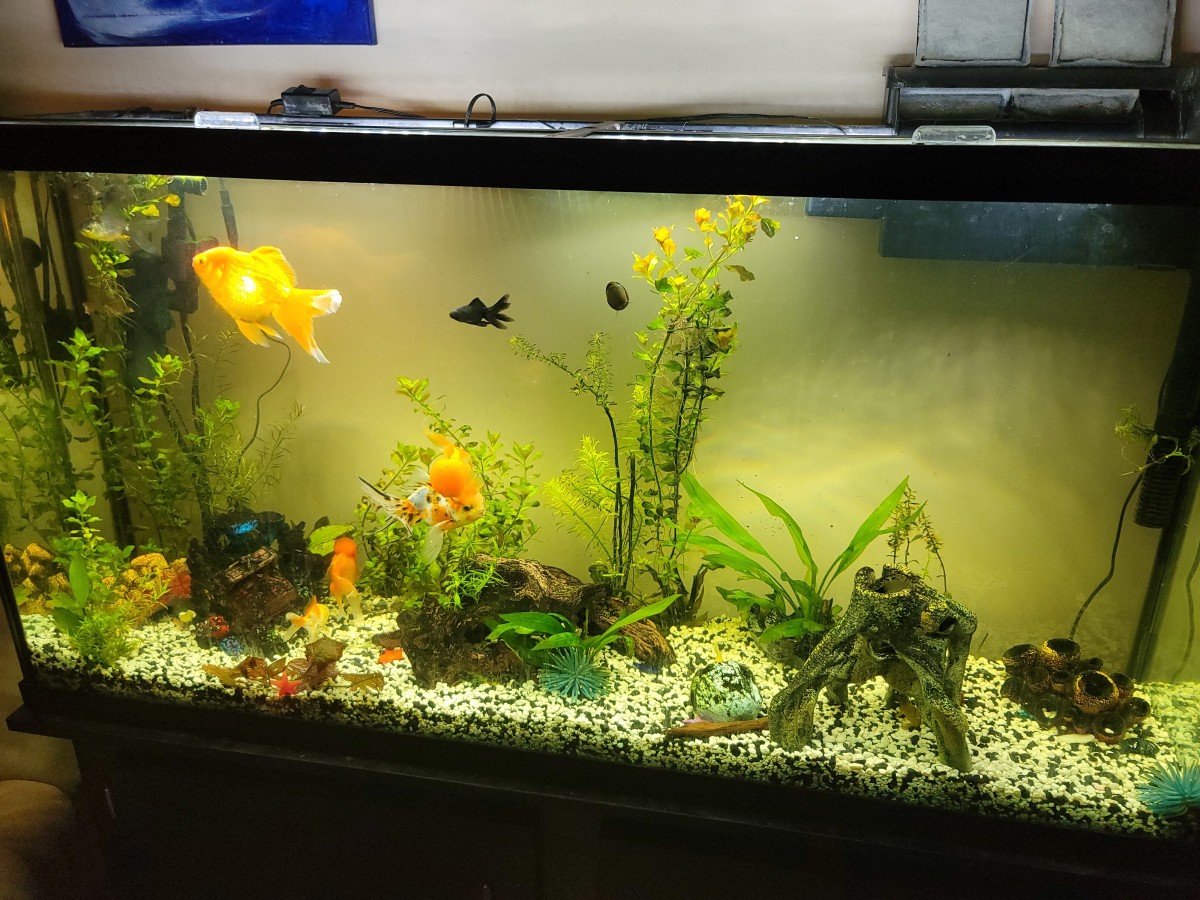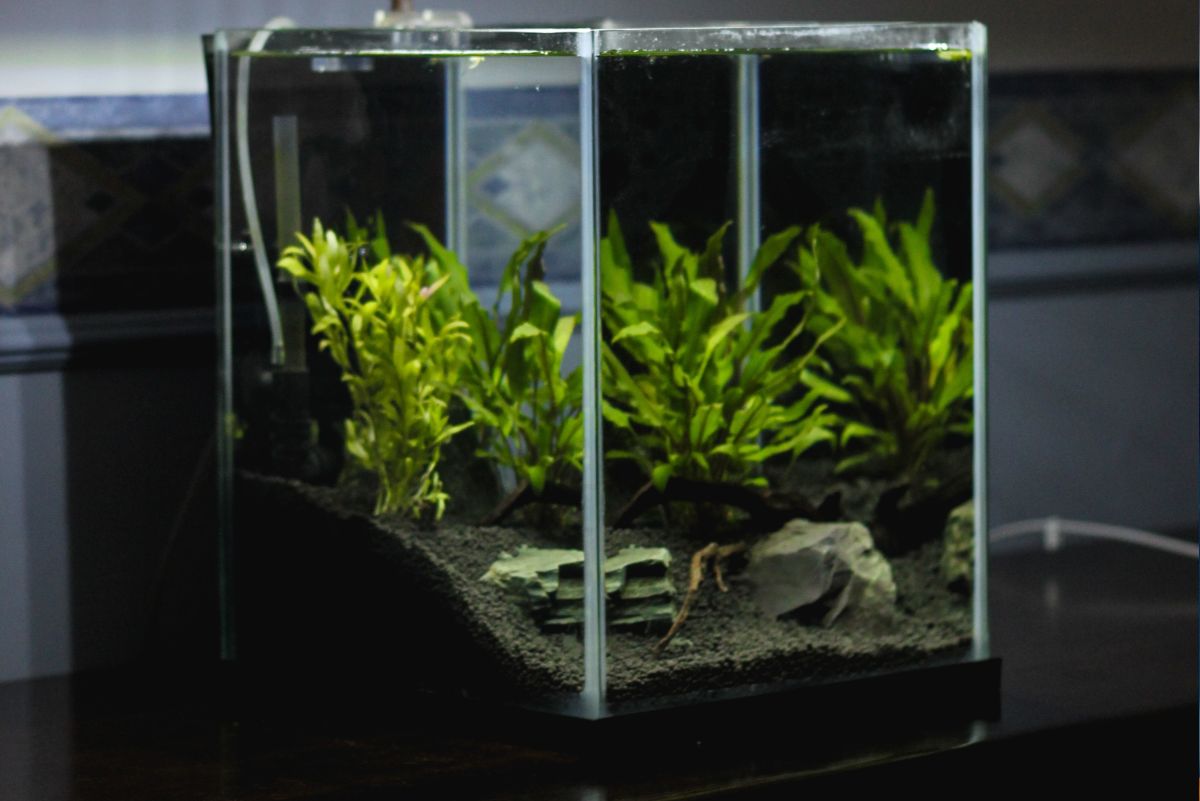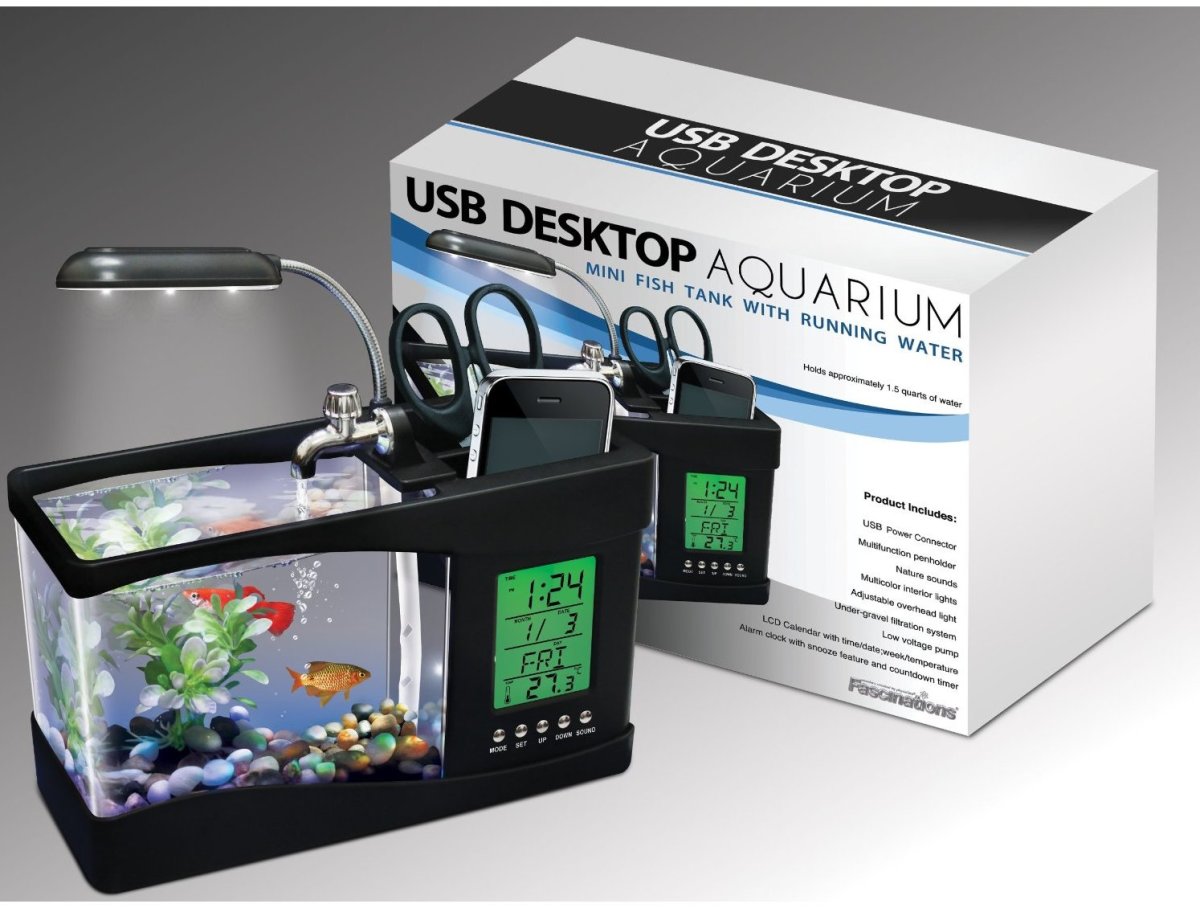- HubPages»
- Pets and Animals»
- Tropical Fish & Aquariums»
- Aquariums & Fishbowls
How To Set Up A New Fish Tank
Bacteria Are Your Friend!
Why do many new fish tanks fail? Not enough of the right bacteria have taken up residence in your tank! That's right, what we consider to be clean and healthy water is actually too clean for fish to live in. Without these beneficial bacteria present in a new aquarium, ammonia from fish waste, excess bits of food, and decaying plant matter builds up to a toxic level quickly. For the uneducated aquarium keeper, ammonia poisoning is the number one cause of death for the first fish in a new tank.
There are two types of bacteria you need to run a healthy aquarium: Those that consume that noxious ammonia and break it down into nitrites, and those that consume the less toxic nitrites, which get broken down into nitrates. The end product of this chemical process is far less toxic to fish and other aquarium life. Nitrates can still be detrimental to the life in your aquarium if left unchecked. However, they are easily removed with regular, weekly water changes of about 1/5th of the tank.
How To Cultivate Healthy Bacteria
Often referred to as "cycling" a tank, your goal is to build up a maintainable level of bacteria prior to adding fish to a new aquarium. It takes a new fish tank takes between one to three weeks to completely cycle. The first chemical needed in the cycle is ammonia. The easiest and most inexpensive way to do to introduce it is by using any fish food, be it flake or pellet, you have easy access to. After you have your tank filled, gravel and decor arranged, heater on, and filter running, you just add a little fish food to the mix.
I prefer to "feed" a new tank every other day with a small amount of food. After a week, you will notice it smells differently, almost fishy. This is good! It means you've got some bacterial growth. For those new to aquarium keeping, it's helpful to get some test kits from your local pet store to see what exactly is happening in your tank. Get one for ammonia, nitrites, and nitrates each. They are usually around $8 to $12, sometimes available together for around $25. They will last you a long time, and will be helpful determining water quality problems in the future.
Test you aquarium water with each kit by following the enclosed instructions. If you test your water throughout the cycle process, you will notice a spike in ammonia first, then it will taper down. Next will be a spike in nitrites, followed by another decrease before the nitrate level rises. Once you have no ammonia and no nitrites, your bacteria are consuming these nutrients as quickly as they develop in the aquarium. You are now ready to add fish! Do a water change of 1/5th to 1/3rd of the tank before heading off to the pet store to ensure a low nitrate level as well.

Adding Fish
The current bacterial levels in your new aquarium can support a specific amount of fish waste and food break down. For this reason, it is important to add only a few fish each week until you reach your desired tank population. Adding too many too quickly will induce a second cycling process. Ammonia will spike, and so will nitrites, and you will likely lose all those new fish. Stock your tank slowly over another two to four weeks to avoid this.
Choosing species that compliment each other's behavior, and acclimating them to their new environment is equally important. Be sure to ask the store clerk their opinion if you're not sure about whether certain fish can be kept together. Do some research on what fish you're interested in before you make your purchases. Some may require a specific environment like softer water, more hiding places, or a minimum number of the same species as companions in order to feel secure and thrive.
When you finally get your new fish home, place their bags in the tank and allow them to float for 15 minutes, bringing the bag temperature to match that of the aquarium. Many freshwater fish are sturdy enough to be scooped into the tank at this point. If you've chosen more sensitive species, add one cup of tank water to the bag and let it float for another 10 minutes. Repeat this step once more if you're still unsure, then scoop out the fish (preferably with your hand to prevent damaging their slime coat) and place them in the aquarium.
Maintaining Good Water Quality
Check your water chemistry with your test kits at least once a week until you've completed your community. You may choose to test less frequently once you've stabilized your population of fish and are able to maintain a regular cleaning regime.
You will have to remove the end product of the nitrogen cycle on a regular basis. Dilute your nitrate levels with weekly water changes of approximately 1/3rd of the aquarium. During changes, use a gravel vacuum to remove water, solid waste, and uneaten food from the bottom of the aquarium. This device is nothing fancy. It's a plastic tube with a short hose attached, and functions using basic physics. Don't forget to match the new water temperature to about the same as in your aquarium and use a water conditioner before adding it to your tank. Temperature changes and chlorine can kill your healthy bacteria and harm your fish.
It is helpful to disassemble your filter and clean out once a month. Swish any media in a bucket of tepid, dechlorinated water to rinse it. Much of your bacteria colonies are located in the filter itself, so take care not to "wash" any pieces in chemicals or extreme temperatures.
If you find you're getting a lot of algae growth, consider two things: Are your water changes frequent enough, and how long do you leave the aquarium light on? Remember that nitrate is a key ingredient in plant fertilizers. If you are not diluting your nitrate levels enough, you'll be cultivating algae. Light is the other thing plants need to grow. No matter if your algae is brown, green or stringy, leaving the light on for fewer hours will stop it from taking over your tank. Many aquarium keepers choose to turn their light on only during the hours they are home in the evening. Alternatively, you can get a timer for $10 to $15 from any large chain store (Wal-Mart, Target, Meijer, some grocery stores). You set the hours you want the light to be on, plug the timer into a wall socket, then plug your light fixture into the timer and voila! The light takes care of itself.
So It's That Easy?
Setting up your first successful aquarium is not difficult. The most important ingredient is patience. An aquarium should not be an impulse purchase. It is a life-support system that you will use to keep aquatic animals thriving in, and often a permanent piece of furniture in your home. Be proud of it and take care to keep it looking nice and your fish healthy!

